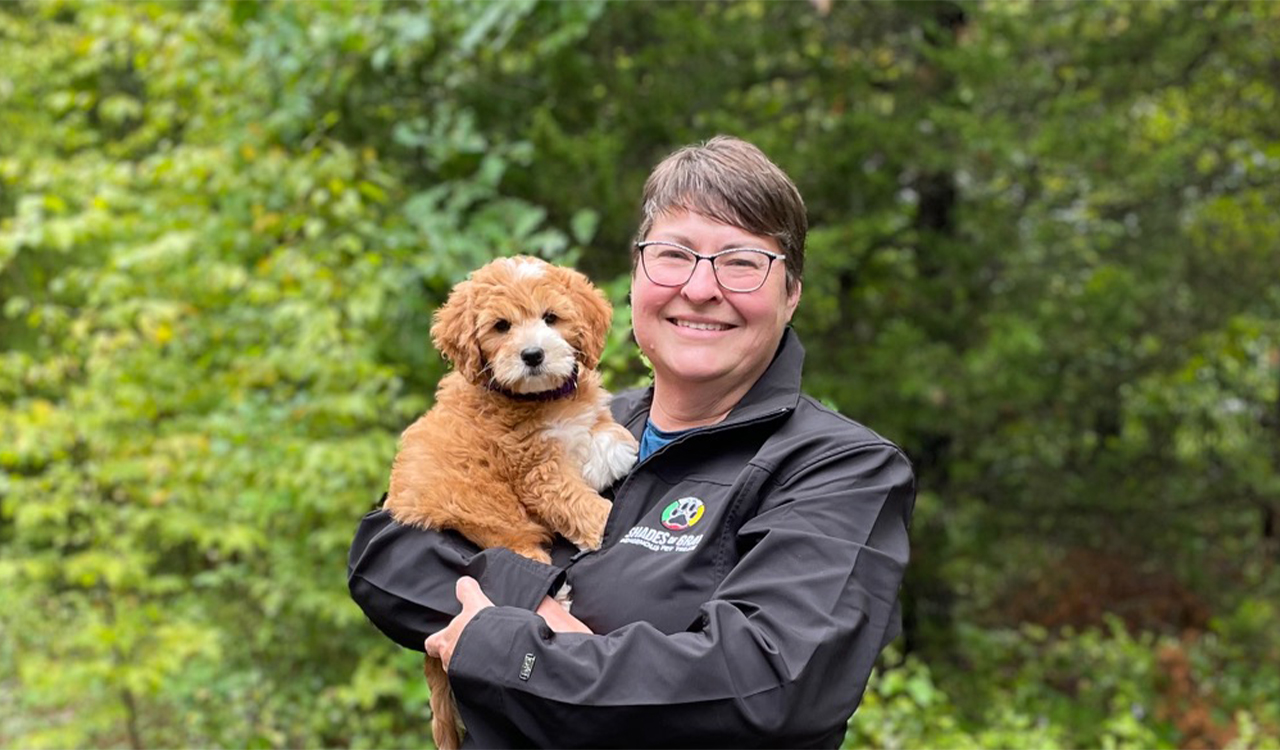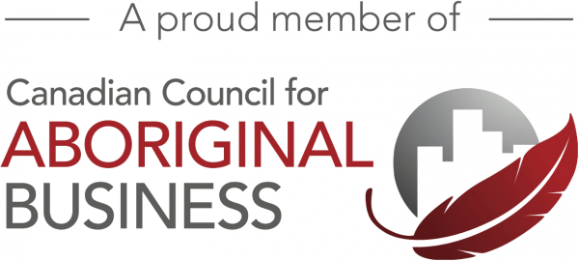Keri Gray, the owner of Shades of Gray, is a member of the Algonquins of Pikwakanagan First Nation. Her Indigenous-owned company manufactures organic pet treats filled with health benefits from the company's farm products. Shades of Gray has successfully created a solid brand representative of Keri's Indigenous roots, incorporating family, health and sustainability while leveraging intellectual property (IP). In addition to her own brand, Keri has strategically used a range of non-exclusive rights to other trademarks. This has helped her create a meaningful and impactful brand that consumers can trust.
Her message to other companies is to consider additional ways "to protect your brand and its potential to generate revenue," especially in the early days of a company's growth when formal IP protection is still underway.

Starting out
In 2019, Keri Gray founded her all-natural pet treat company, Shades of Gray. Having grown up working at her parents' butcher shop and farm, Keri was no stranger to managing a small business. Her diverse and experienced team is passionate about the products and supporting an Indigenous business that positively impacts the community.
As part of its commercial strategy, Keri's team is constantly researching, accessing and recording data on its existing products to make decisions on expanding the business, including launching new products. "I'm constantly thinking about ways to position us and our brand in new plans and initiatives," says Keri.
Designing a brand
Keri considers including IP in her business goals as critically important to protect her brand and the hard work that has been invested into the company. That's why Keri has taken a strategic approach to using IP—an approach that includes both her own and others' IP rights.

Your brand tells your customers what they can expect from your goods or services; it sets you apart from your competitors. Keri put a lot of thought into designing a brand that encompassed her vision. Keri felt it was essential to include "something that represented my girls and me," so the word "Gray" represents her family name. Additionally, the term "Shades" was chosen because it represents the 4 shades of the chinchilla rabbits that her farm first purchased. "We now farm New Zealand/California crossed rabbits that are a vital ingredient in the products," says Keri.
Shades of Gray's paw print logo is representative of Indigenous culture, which speaks to legacy and respecting one's roots. When asked to expand on the cultural significance, Keri explained that "the 4 colours that we use in the logo represent the 4-legged in the community. So, we wanted that cultural component to be included because we're creating this for the 4-legged, so we also needed to represent them. So, it was really key for me to have that Aboriginal component and that legacy. Keri hopes to inspire the next generation by teaching them to “respect where you come from, who you are, and what you're putting out into the world."
Protecting the logo
The original drawing of the Shades of Gray logo is automatically protected by copyright. This gives Keri the exclusive legal right to produce, reproduce or publish the drawing. However, because this kind of right is limited to the original design, business owners often opt for trademark protection, which can prevent others from using brands, logos and designs that are confusingly similar.
There is no Canadian law saying you have to register your trademark; by using a trademark for a certain length of time, you may have rights under common law. However, if you use an unregistered trademark and end up in a dispute, you could be looking at a long, expensive legal battle over who has the right to use it.
IP is a crucial aspect of Shades of Gray's business plan, including its mid-term and long-term business objectives. "I budget to ensure that we have enough money set aside specifically for IP every year." Part of Keri's strategy is to protect her brand, which is why she applied for a trademark to register her logo in Canada.
An IP strategy that includes related IP rights
The building of Keri's own brand is an important cornerstone of building distinctiveness in the marketplace. However, there are also other brands included in Keri's IP plan.
Customers are keen to support the company because they value Shades of Gray's use of Indigenous cultural principles, including not taking or using more from the land than is needed.
This is why Keri made sure to have her business become a Certified Aboriginal Business (CAB) by the Canadian Council for Aboriginal Business (CCAB). As a CAB, Keri is licensed to use the designated CCAB logo and registered trademark. This is important, since it provides a strong tool for certified Aboriginal businesses to be easily identified by industry, government and other organizations.

Another important part of the business is trust. "Our pets will always be considered part of the family. That is why protecting their health with quality food products is paramount."
"We are also using "Ontario made" stickers to put on our bags so that people know they're supporting an Ontario made business. And that again is utilizing another asset that was put out there for us."

Keri warns that without thinking about IP strategically, innovators, entrepreneurs and business owners' risk not being able to reap the full benefits of their innovations. "If you are going to build your business and you have committed so much time and energy to it, you should really take steps to protect it. Why wouldn't you?"
Keri urges people to "make it a part of your plan from the beginning. The value, the time and commitment that you give to your business is worth protecting—and that includes your IP strategy. That's what we did, and I would encourage others to do the same."
Interested in learning more about trademarks and how they can help protect your brand? Visit the Canadian Intellectual Property Office's Trademarks page for more information, or visit its Hiring an intellectual property professional page to hire an IP professional.
Related links
